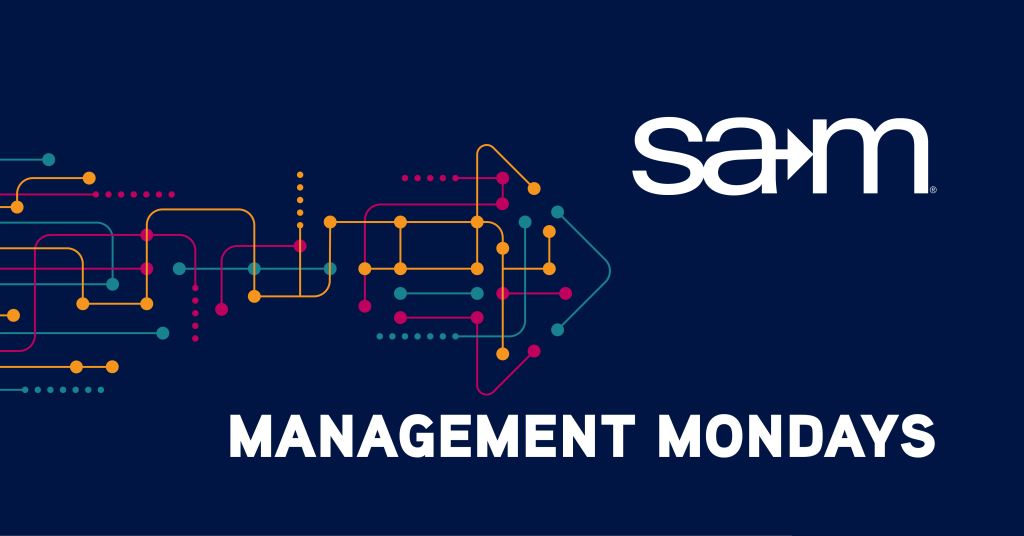
Most projects are defined by timelines, deliverables, and budgets. But there is another kind of project that operates just beneath the surface of the work: shaping the culture. Culture is not simply a backdrop to execution. It is an active force that affects how people collaborate, solve problems, and respond to change. Sometimes, the goal of the project is to change that culture itself. These efforts may not show up in a Gantt chart, but they are just as complex and require thoughtful leadership. When project professionals are tasked with driving transformation, they need to understand that culture is both the context and the outcome.
Shifting organizational culture is not about a single presentation, policy, or workshop. It is about influencing how people think, what they value, and how they behave. That kind of change does not happen overnight. It takes time, consistency, and an understanding of the human dynamics at play. Project managers often find themselves at the center of these efforts because they are responsible for aligning people around a shared goal. They see how work actually gets done and where misalignment creates friction. In these situations, project professionals are not just delivering a change. They are modeling it.
Culture as a Strategic Lever
Organizational culture is sometimes dismissed as a soft concept, but it has very real consequences for performance, engagement, and long-term success. Culture shapes what is rewarded, what is avoided, and what is considered normal. When culture aligns with strategic priorities, projects move faster, and teams collaborate more easily. When it does not, even the best-laid plans struggle to take hold. This is why culture change must be approached with the same discipline as any strategic initiative. It requires clear objectives, active sponsorship, and ongoing measurement.
Project managers can play a key role in aligning culture with strategy. They do this by reinforcing behaviors that support the desired shift. They also help leaders identify where old habits are holding back progress. In many cases, culture change begins with conversations. These may start informally, through team meetings or feedback sessions, and eventually lead to larger discussions about values, expectations, and accountability. Change takes hold when people begin to see that new behaviors are not only encouraged but also practiced by those leading the effort.
Modeling the Change You Want to See
When an organization is trying to change its culture, every interaction becomes an opportunity to reinforce or contradict that goal. Project professionals must be especially mindful of the tone they set, the behaviors they reward, and the decisions they support. It is not enough to talk about trust, collaboration, or innovation. These values must be visible in how meetings are run, how feedback is handled, and how challenges are addressed. Culture is not just what people say. It is what people experience.
Leaders who model the desired culture send a powerful signal. They show that expectations are more than words and that change is not something that only applies to others. Project managers can lead this modeling by encouraging open dialogue, recognizing contributions, and responding constructively to setbacks. These actions build credibility and help others feel safe engaging with the change. Over time, this consistency builds momentum. People begin to adopt the new culture because they see it in action, not because they were told to accept it.
Navigating Resistance and Building Buy-In
Culture change always involves some level of resistance. This is not necessarily a sign of failure. It is a natural part of the change process. People resist when they feel uncertain, disconnected, or threatened. Project managers must be prepared to listen to concerns, acknowledge the discomfort, and respond with empathy. They should avoid the temptation to push forward too quickly without first building understanding. Resistance can be a source of insight, revealing what matters most to employees and where communication needs to improve.
To build buy-in, project professionals must create space for participation. This includes inviting feedback, sharing early wins, and giving people a role in shaping the new culture. Ownership builds commitment. When people feel that they are part of the process rather than passive recipients, they are more likely to support the change. Project managers who recognize this and lead with inclusion help transform resistance into engagement. They also create a culture of shared responsibility that supports long-term success.
Sustaining the Shift
Making a cultural shift is difficult. Sustaining it is even harder. After the project ends, there is a risk that people will revert to familiar habits, especially if they are not supported in maintaining the change. Project professionals should work with leaders to build in structures that reinforce the new culture. This may include recognition programs, updated performance metrics, or recurring team rituals that reflect new values. These elements help anchor the shift in daily routines.
Sustainability also depends on continuous reflection. Project managers can encourage this by facilitating regular check-ins that assess how well the new culture is taking hold. These conversations allow teams to celebrate progress, identify barriers, and adjust as needed. Culture is not static. It evolves with the people and the environment. Leaders who continue to nurture it long after the formal project is over show that culture is not a one-time effort. It is a long-term investment in how people work together.
Final Thoughts
Changing a project plan is challenging. Changing a culture is transformational. Project professionals who take on this work must be prepared to influence beyond process and manage beyond tasks. They must lead with intention, communicate with purpose, and model the behaviors they want others to adopt. These skills do not always come from training manuals. They come from awareness, consistency, and a deep understanding of how people experience change. Culture is the invisible current that shapes how work gets done. When project managers treat it as part of the project itself, they help their teams grow stronger, more aligned, and more adaptable. Whether driving a major transformation or leading a smaller shift in values, project professionals have the opportunity to create real, lasting change. It begins with how they show up and continues with how they lead every step of the way.
Culture Starts With Leadership—Even in Small Teams
Shifting organizational culture is not just for large corporations. In small businesses, leadership behaviors are amplified, and one strong or weak leader can quickly shape how a team communicates, collaborates, and performs. If you’re ready to lead change and model the culture you want to build, our Leading and Managing Small Businesses course will help you get there.
In this course, you will explore the foundations of leadership, from emotional intelligence and communication to conflict management and motivating employees. You will also learn how to lead through change, manage periods of stress, and reinforce values like adaptability and decisiveness across your team. These skills are essential for any leader working to create a healthy, high-performing culture.
SAM Members receive a 20% discount on all courses through our training and certification program. Register now for the Leading and Managing Small Businesses course and develop the leadership skills that make a lasting difference.

Written By,
Patrick Endicott
Patrick is the Executive Director of the Society for Advancement of Management, is driven by a deep commitment to innovation and sustainable business practices. With a rich background spanning over a decade in management, publications, and association leadership, Patrick has achieved notable success in launching and overseeing multiple organizations, earning acclaim for his forward-thinking guidance. Beyond his role in shaping the future of management, Patrick indulges his passion for theme parks and all things Star Wars in his downtime.
